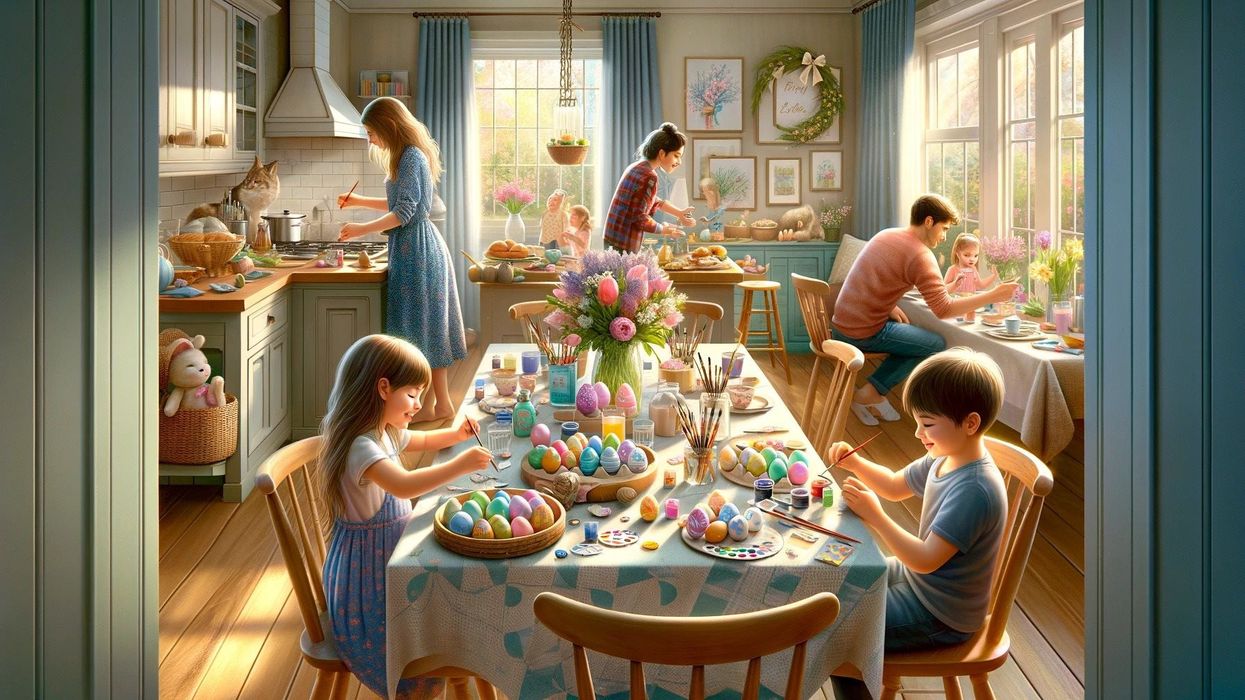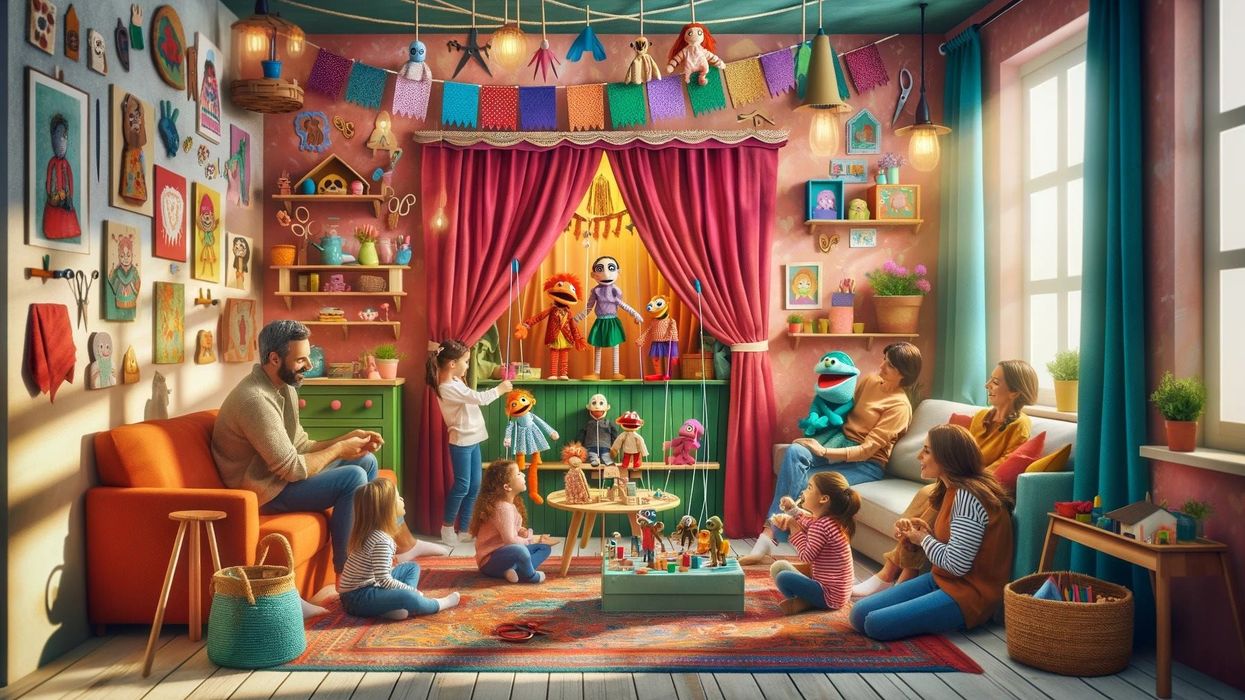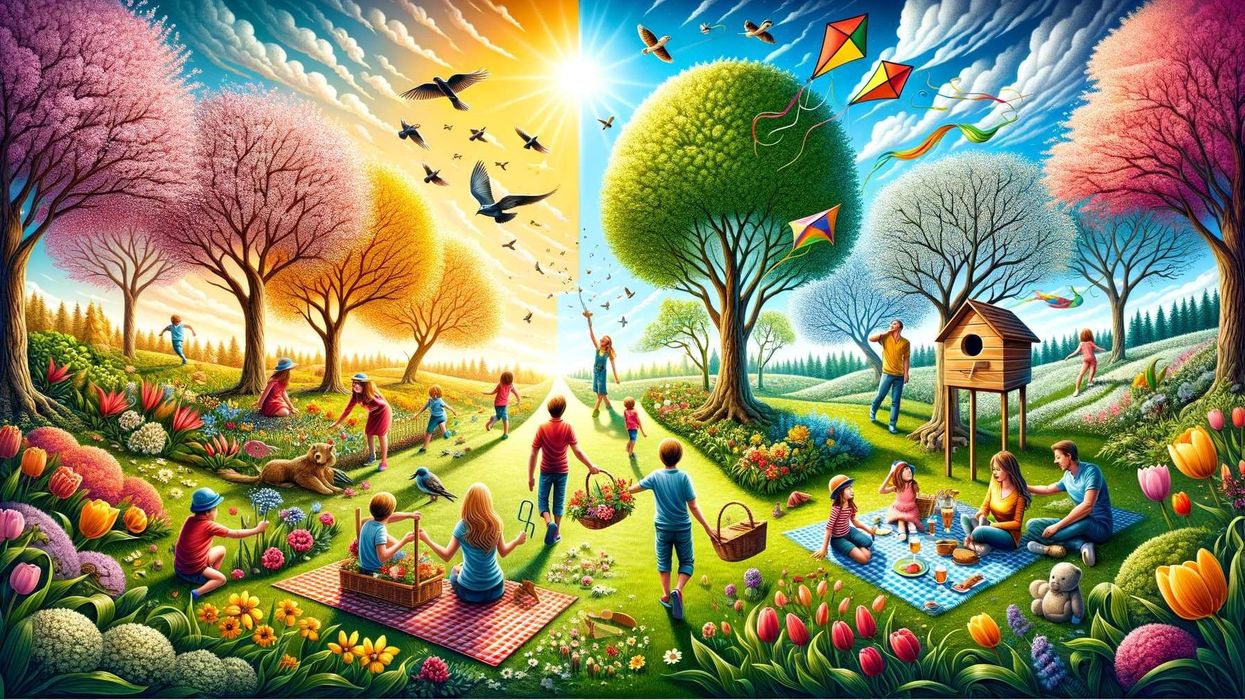Bug hotels are wonderful safe spaces for insects and other animals to take shelter, raise their young and even hibernate during the winter. Insects are incredibly vital for our ecosystem, so help keep them protected by allocating one afternoon to building a bug hotel for your garden.
Your little ones will love getting their hands dirty, and building something that will last will help teach them many valuable lessons.
Plus, they'll be fascinated by learning about all the little critters who come to visit your 5-star accommodation. Building your bug hotel is possible at any time of year, but you'll find a lot more natural materials when autumn comes.
Materials You Can Use To Make a Bug Hotel
- Old wooden pallets
- Strips of wood
- Straw
- Moss
- Dry leaves
- Bark
- Woodchips
- Old terracotta pots
- Old roofing tiles
- Bricks (with holes in are best!)
- Old logs
- Hollow bamboo canes
- Pinecones
- Sand
- Soil
- Hollow stems
- Deadwood
- Recycled plastic bottles
- Any other natural materials you can find

How To Build Your Bug Hotel
Building your hotel is easy enough, and will only take a few hours out of your afternoon. Here is a simple guide you can use to help you provide a home for lots of bugs and critters.
Find the perfect building site:
Once you've gathered your materials, you'll need to find a place in your garden that is suitable to build upon. Something level and firm is vital for the structure to be safe, but the conditions aren't necessarily too important.
You'll get different visitors depending on where in the garden you decide to put the hotel, whether it is dark and damp or in a sunnier spot. However, it's probably best to locate it somewhere away from your vegetable patch.
Build the basic structure:
Building the structure for your hotel is not difficult, you will just need to make sure that it's strong and stable in order for it to be a good habitat and home for all the creepy crawlies you're hoping to attract.
First, lay some bricks on the ground to act as a sturdy base, but make sure that there are some spaces between the bricks (almost as if creating an H shape).
Once the base is done, simply place your wood pallets on top of the bricks - either three or four depending on how big you want the hotel to be.
And there you have your structure. Easy!
Fill in the gaps:
This is the fun part. You'll want to take all of the natural materials that you've collected and fill in the gaps of the pallets to provide and create lots of little nooks, crannies, corners, tunnels and warm beds for your new bug friends.
Different materials will attract and home different creatures. Use your deadwood and bark to attract creepy crawlies like beetles, spiders, centipedes and woodlice.
Hollow stems, bamboo canes and other holes or small tubes make the perfect home for solitary bees.
You can even fill the centre of your hotel with stones and tiles so friendly frogs and toads can spend a frost-free winter safe from predators and protecting your garden from slugs. Ladybirds and many other kinds of insects and beetles like dry leaves, sticks and straw.
Adding dry leaves can also act as a natural forest floor, making your bug hotel an even cosier home for its residents. Look through the materials you've collected and see which bugs, bees and insects you can attract.
Add the roof:
Once you're happy with your hotel, and you're sure it's sturdy enough, make sure you add a roof to keep the structure dry. Old roofing tiles will do the job just fine, but old wood covered with roofing felt will also work as a ceiling for your new insect home.
Tips and Tricks To Make Your Bug Hotel More Creative
Upgrade your roof:
Painting the roof of the hotel 'brown' or 'green' is an easy way to upgrade your hotel and give it a more finished and creative look. Use some rubble or gritty soul to give it this effect, and provide an elevated look that your bug visitors will surely like.
If you're lucky, maybe some flower seeds could float by in the wind and take root.
Flowers:
Why not plant some flowers around your bug hotels? Flowers that are rich in nectar will encourage your solitary bees and other pollinating animals to feed.
Plus they'll also attract some beautiful butterflies that are bound to make your child smile. Some examples of nectar-rich plants to inject some colour and life into your garden are torch lilies, bee balm, lavender, salvia and anise hyssop.
Name it!:
Ask your children to name the hotels that you've been busy making. This will help them feel even more involved in the whole process and lets them get a little more creative with it.
Bonus points for making and decorating a beautiful sign that lets all the bugs know exactly where they're checking into - they could even recommend it to their friends!
Plant clippings:
You may have some plants around the house or backyard that you can take cuttings from. You can use these cuttings to decorate the structure, this is one way to bring some life and colour to the hotel, whilst still looking and natural, and not damaging the wildlife in any way.
Some of these plants will also provide food for the beetles, so what's not to like?
Yarn:
If you still want the hotel to look a little more colourful or interesting, add some yarn if you have any lying around. Not only is it an easy way to decorate and beautify the space, but birds can take the yarn and use it to nest. Double the benefits!









